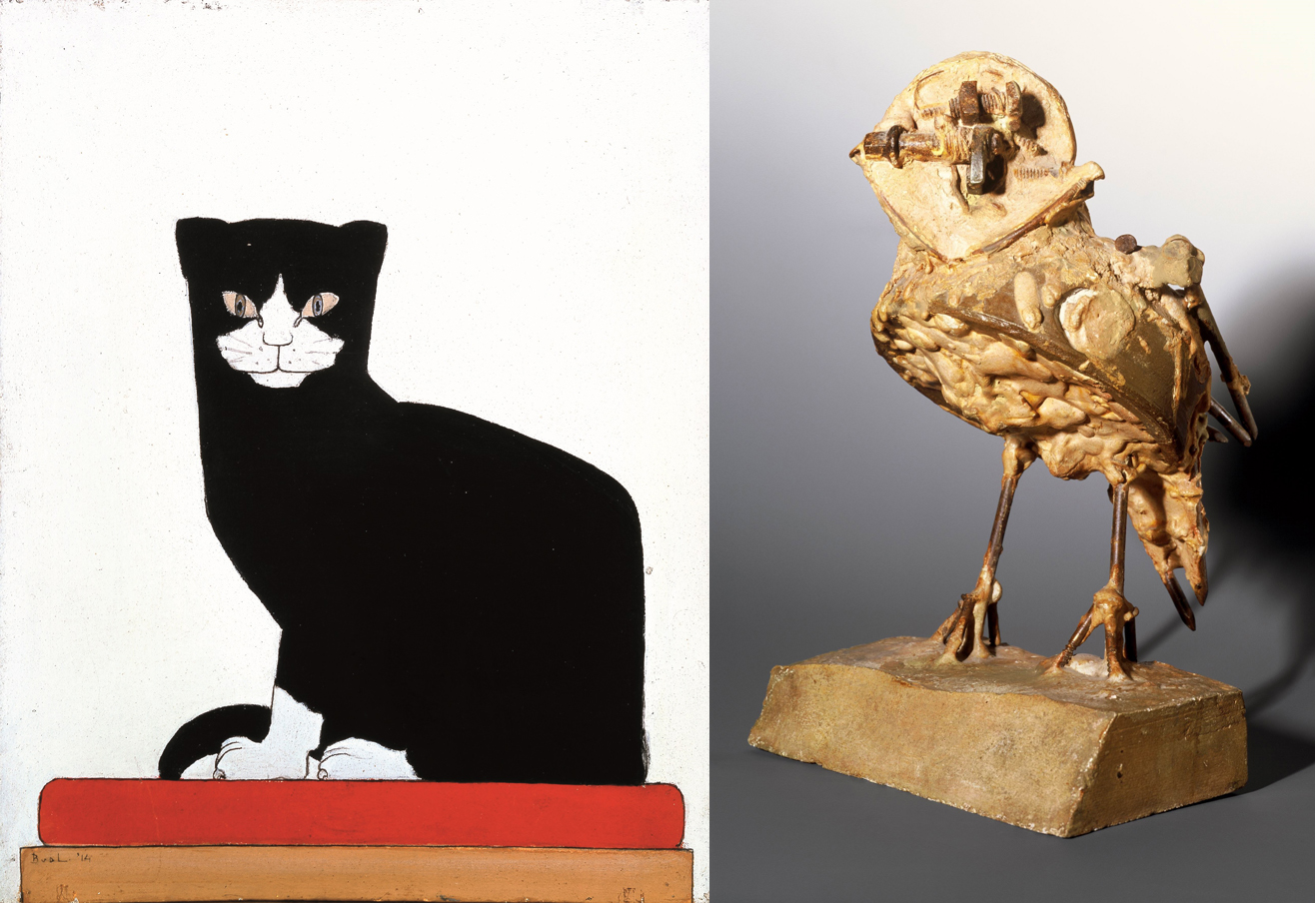 nails, screws and bolts
nails, screws and bolts
Picasso put the sculpture together from an earthenware saucer, some nails, screws and bolts and the lid of a tin can, all of which is held together with plaster. From these prosaic ingredients he conjured an emotive little creature: a young owl, vulnerable but watchful. Next to the Chouette, and the other 49 sculptures that received the most votes, are short statements by the voters, to which the visitors, in turn, can add their reactions. Thus the museum shows how works of art are seen and experienced by the public in constantly new ways.
My first visit to the kröller-müller
My first conscious experience with a work of art was when I was about seven years old. My parents felt that you should have a good knowledge of your own country and so we went touring the places of interest in the Netherlands, as varied as the megalithic tombs, the Delta works, the place where Holland, Germany and Belgium meet (which was still special at that time) and, of course, the (then still) Rijksmuseum Kröller-Müller.
The cat by Bart van der Leck
There was no Expose as yet, but I was allowed to choose a poster. That, unsurprisingly for a child, was De kat (The cat) by Bart van der Leck. He hung in my room for years until, probably seriously yellowed, being replaced by new heroes, such as Mariska Veres (singer of the then popular Dutch band Shocking Blue) and Mick Jagger. But I never forgot him. And now De kat is hanging here, peacefully alongside his traditional archenemy the dog, in the shape of De takshond (The Dachshund), also by Van der Leck.

Lisette Pelsers
March 2012
Image: Pablo Picasso, Petite chouette, 1951 – 1953 / Bart van der Leck, De kat (The cat), 1914
